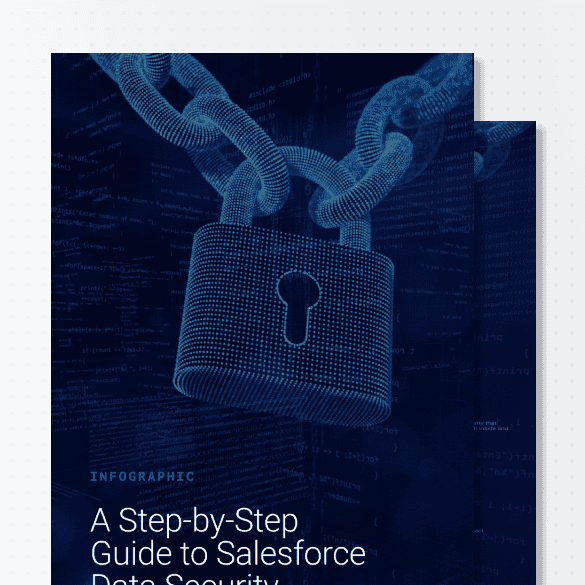
A strong data security strategy can prevent costly misfires that impact functionality and the overall security of your Salesforce environment.
An intentional and frequently updated approach provides continuous protection in the face of evolving threats and vulnerabilities.
Here are 8 steps you can take to improve the security of your Salesforce DevOps pipeline.